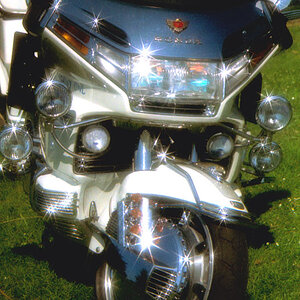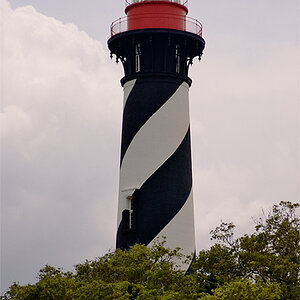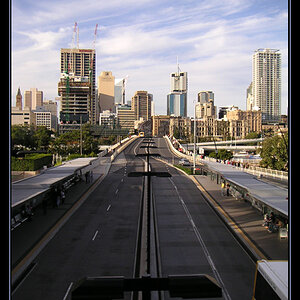mc_hudd
TPF Noob!
- Joined
- May 28, 2011
- Messages
- 51
- Reaction score
- 3
- Location
- Missouri
- Can others edit my Photos
- Photos OK to edit
Just bought this off of Ebay FLASH HOT SHOE PC SYNC ADAPTER FOR CANON NIKON CAMERA - eBay (item 280673657650 end time Jun-07-11 16:31:21 PDT) .
I read where someone was looking for one that wouldn't "fry" their camera... What did they mean by that? This won't hurt my camera will it?!
I have these that I will be using w/ it: Photographer's Warehouse PG4001ML - photographerswarehouse.com (x2) & Photographer's Warehouse PG3001MLB - photographerswarehouse.com (x1). The PG3001MLB is probably the one I'll sync w/ my camera.
TIA!!
I read where someone was looking for one that wouldn't "fry" their camera... What did they mean by that? This won't hurt my camera will it?!
I have these that I will be using w/ it: Photographer's Warehouse PG4001ML - photographerswarehouse.com (x2) & Photographer's Warehouse PG3001MLB - photographerswarehouse.com (x1). The PG3001MLB is probably the one I'll sync w/ my camera.
TIA!!
As an eBay Associate we earn from qualifying purchases.









![[No title]](/data/xfmg/thumbnail/37/37622-530e264cdd98e6648079b89d7d3cd356.jpg?1619738153)
![[No title]](/data/xfmg/thumbnail/35/35871-d9de705fa64b06051419be6d3739d6ac.jpg?1619737197)


